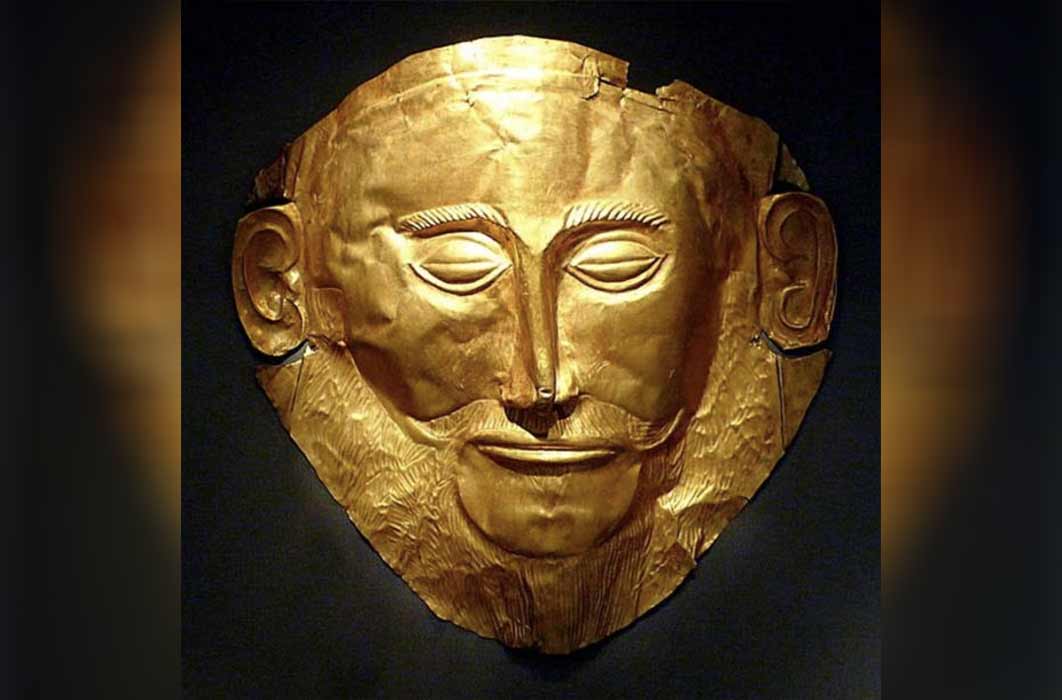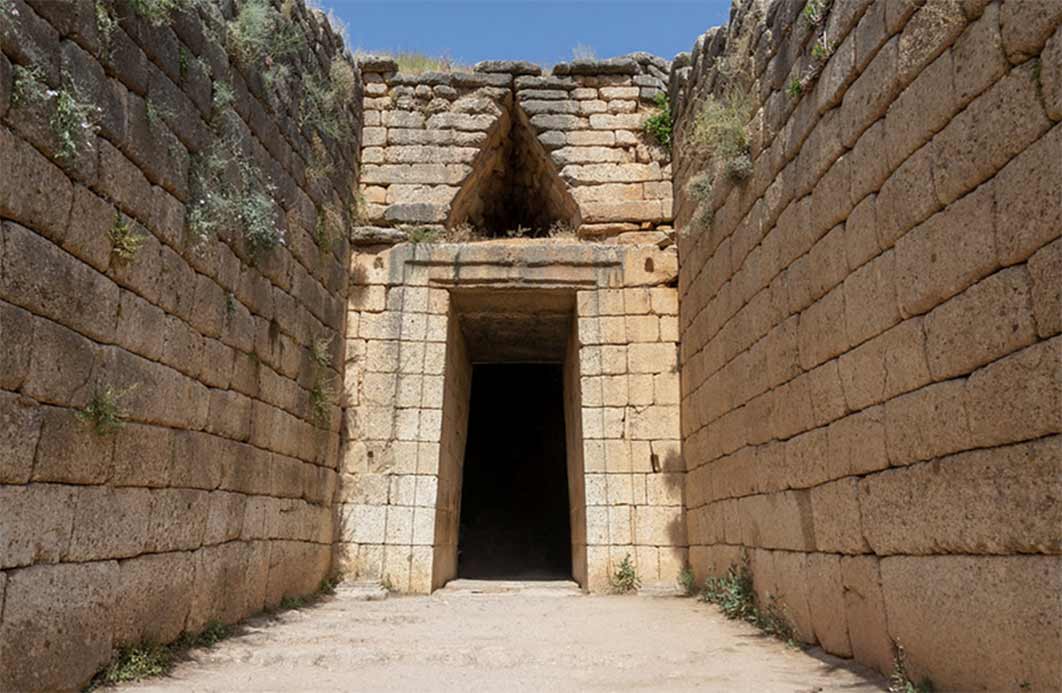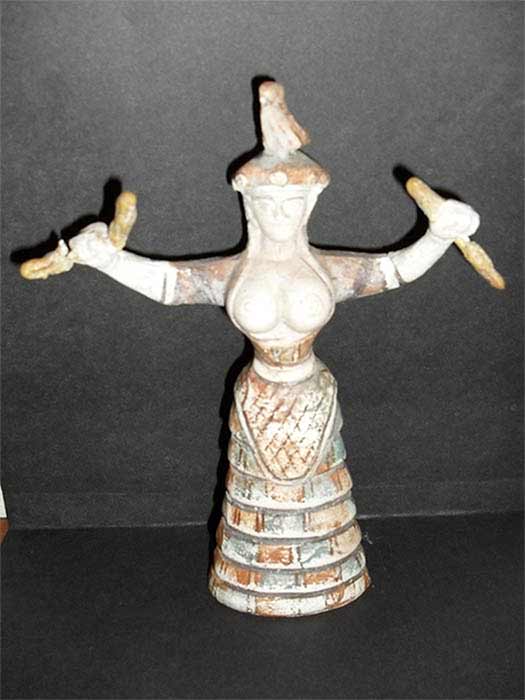
Mycenaean Cult Of The Dead And Burial Architecture
Tholos and the grave circles in the ancient citadel of Mycenae, located on a small hill, nestled between two larger hills on the fertile Argolid plain in the Peloponnese, Greece, exemplify a synergy of Bronze Age intellectual and artistic talents, invested in contemplating the nature of death and the possibilities of an Afterlife. The awareness of the finality of life and the attempts of people to grasp the meaning of death via belief systems are mirrored in the construction of burial places, the use of imagery to symbolize regeneration, transcendence, and spiritual immortality.

The Treasury of Atreus or Tomb of Agamemnon is a large tholos or beehive tomb on Panagitsa Hill at Mycenae, Greece, constructed during the Bronze Age around 1250 BC (CC BY-NC-ND 2.0)
Mycenaean Death-Priestesses-And-Priestly-Caste
The existence of religious specialists, such as priests, priestesses, shamans or holy men and women who are responsible for performing ritual acts, is universal and it is their duty to act as a bridge or intermediary between humans and the divine. Religion or belief systems have existed in all societies, whether ‘simple’ or ‘complex’, suggesting that the need to believe in a supreme power has a psychological origin.
Mycenaean Linear B tablets confirm the existence of priests and priestesses during the apex of the Mycenaean era. Evidence in the form of texts and symbols indicate various cult practices, such as animal sacrifice and festivals, backed up by archaeological evidence of cult installations and the discovery of equipment used. The majority of the evidence unearthed to date links priests with the palatial centers, indicating that they were closely connected to them, and that the office of priesthood was restricted to the elite. Textual evidence verifies a priesthood hierarchy and confirms that cults were not economically independent as part of the economy was set aside for their maintenance and needs.
Fresco depicting a goddess or priestess in Mycenae, 1250–1180 BC. (CC BY-SA 3.0)
Mycenaean Versus Minoan Religion
For centuries, the study of religion and religious leaders has attracted the interest of scholars in the field of archaeology as well as those in other disciplines. Most religions, both in ancient and modern societies, have a delegate dedicated to lead the cult occasions and interpret religious beliefs or messages for the faithful. Since the divine or supernatural is often a powerful entity that is feared and revered, whom the average man does not understand and cannot control, the holy men or women act as guides who were initiated in acting out the procedures of a complex set of ceremonial procedures. They are said to have had the ability to communicate with the divine, and to entice the entity’s benevolence through ceremonies performed correctly.
Greek religion and its origins has been the subject of many studies especially the parallels between the prehistoric religion of the Greek mainland and the religion of the Classical period. Initially, the Mycenaean religion on the Greek mainland was thought to follow that of the Minoans. These initial studies were conducted at a time when Aegean archaeology was still in its infancy and the evidence was confined to the sites of Mycenae and Knossos on Crete, which was not a true representation of the whole.

Minoan Snake Goddess from Knossos c. 1600 BC. Her bared breasts suggest her capacity as fertility goddess. The snakes and the feline on her head are an allusion to her dominion over nature (Image: ©Micki Pistorius)





